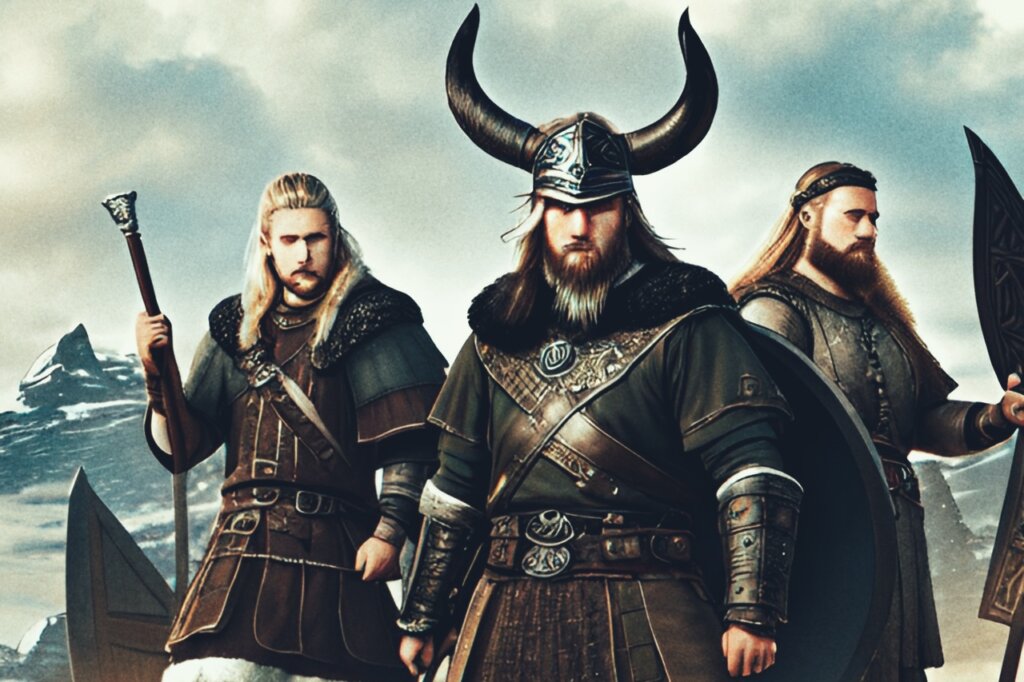The facts and figures in Norse mythology includes great number of mythical creatures, giants, and deities.
Norse mythology or Scandinavian mythology is a belief system belonging to the North Germanic people upheld during the Viking age.
Norse mythology is a body of myths consisting of tales of various beings, deities, and heroes and revolves around fascinating facts of gods and goddesses.
Related article:- 25 most famous folklore, legends, cryptids, and creatures from each state of North America
No one can actually tell quite how old it is or when it originated but it was derived from various sources before and after the pagan period.
By the time of the Viking age which is 793 to 1066 AD, it was very well established and was the primary religion of Scandinavian countries at the time.
When Scandinavians began settling across northwestern Europe including Iceland and Britain, they brought their beliefs with them.
By the time the Viking age ended in 1066, a lot of Scandinavian countries and their people had been converted to Christianity leaving their polytheistic beliefs behind them.
Related article:- 10 terrifying urban legends that turn out to be true
Despite its decline in practice, Norse mythology, facts, and religion have made somewhat of a resurgence since the early 20th century. Here are 16 fascinating facts about Norse mythology.
16. Death Realms
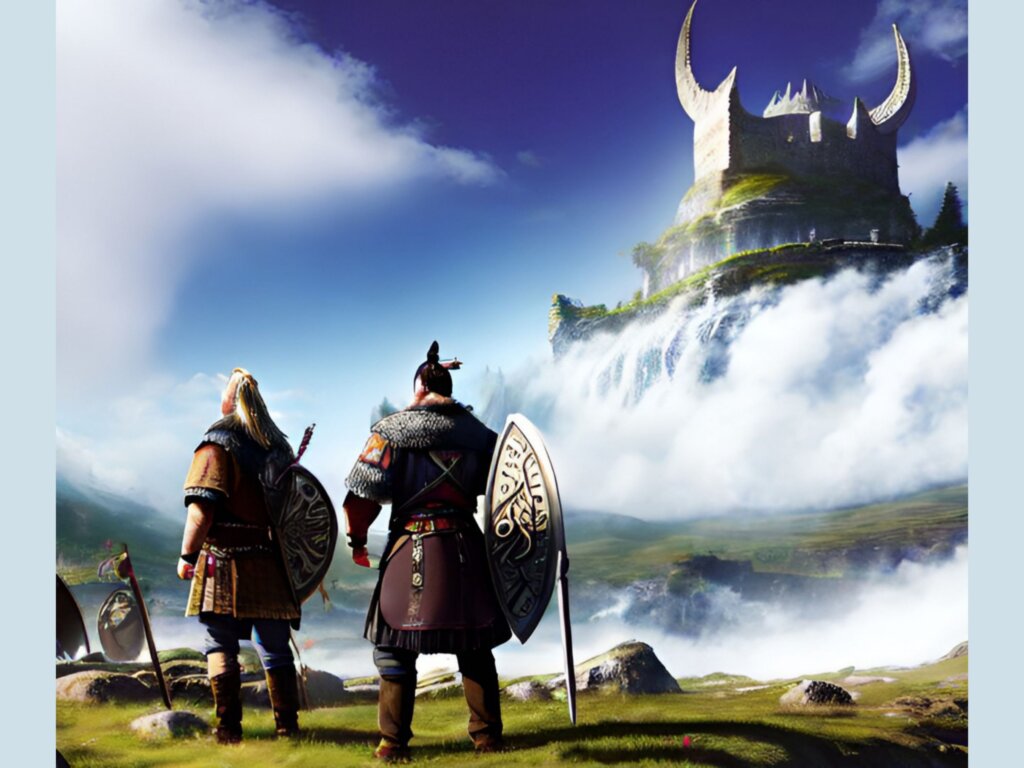
Valhalla is one of the majestic halls in Asgard where dead Viking warriors go after they die in combat. However, half of the warriors are chosen by Odin for Valhalla and the other half are chosen by Freyja for Folkvangr, a meadow.
15. Vikings
Vikings used to gift kittens to their new brides as an essential part of a new beginning since the cats were associated with Freyja, the Goddess of love and fertility.
14. Jotunn
Related article:- 15 superstitions and myths associated with mirrors that will definitely creep you out
A Jotunn, in Norse mythology, is a mythological race with superhuman strength, described as standing in opposition to the gods, although they frequently mingled with or were even married to them.
When living in worlds other than their own, they seem to prefer caves and dark places. Jotunn had the original meaning of “glutton” or “man-eater.”
13. Ratatoskr
Related articles:- Why the Danish king officially banned telling stories of Gryla the witch?
In Norse mythology, Ratatoskr was a squirrel whose sole job was to carry insulting messages between a great eagle perched atop Yggdrasil, the great World Tree, and a dragon who dwells beneath the tree roots.
The squirrel runs up and down the World Tree, carrying insults to provoke both the eagle and the dragon at opposite ends.
12. Santa Odin
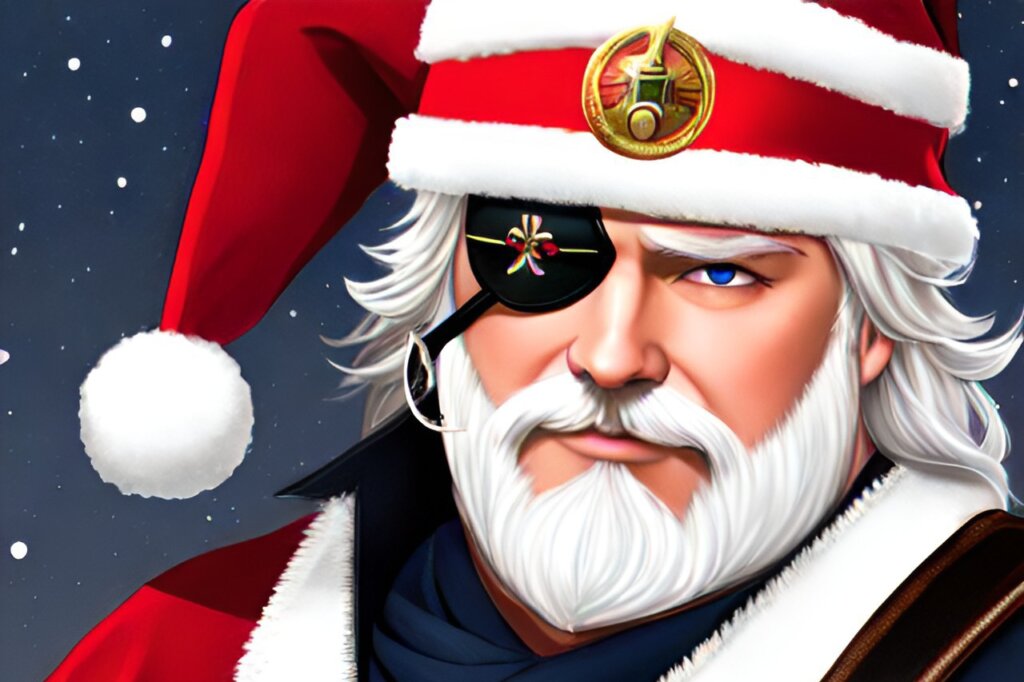
Odin, a precursor to Santa Claus, crosses the skies during the nights of Yule, riding a Sleipnir, an eight-legged flying horse. Odin gave out both gifts and punishments to people, and children would fill their boots or stockings with treats for Sleipnir.
11. Fylgja
Related article:- 10 scariest mythical creatures from Philippines
In Norse mythology, a “fylgja” is a spirit or a supernatural being that accompanies a person in connection to their eventual fate or fortune.
However, in some cases, the “fylgja” might take on the form of an animal, such as mice, a dog, or a cat, that shows itself after the birth of a child or as a creature that eats the afterbirth.
10. Búri
Búri (or Buri) was the divinity God or the first God in Norse mythology. He was formed or freed from the salty ice of Ginnungagap which was licked by the primeval cow Auðumbla, during the time of Ymir.
Besides, he is described as the father of Borr and grandfather of Odin, Vili, and Ve.
9. Freyja
In Norse mythology, Freyja, the Goddess of Love, drove a chariot pulled by two cats named Bygul and Trjegul. Of course, both were a gift from Thor.
8. Ægir
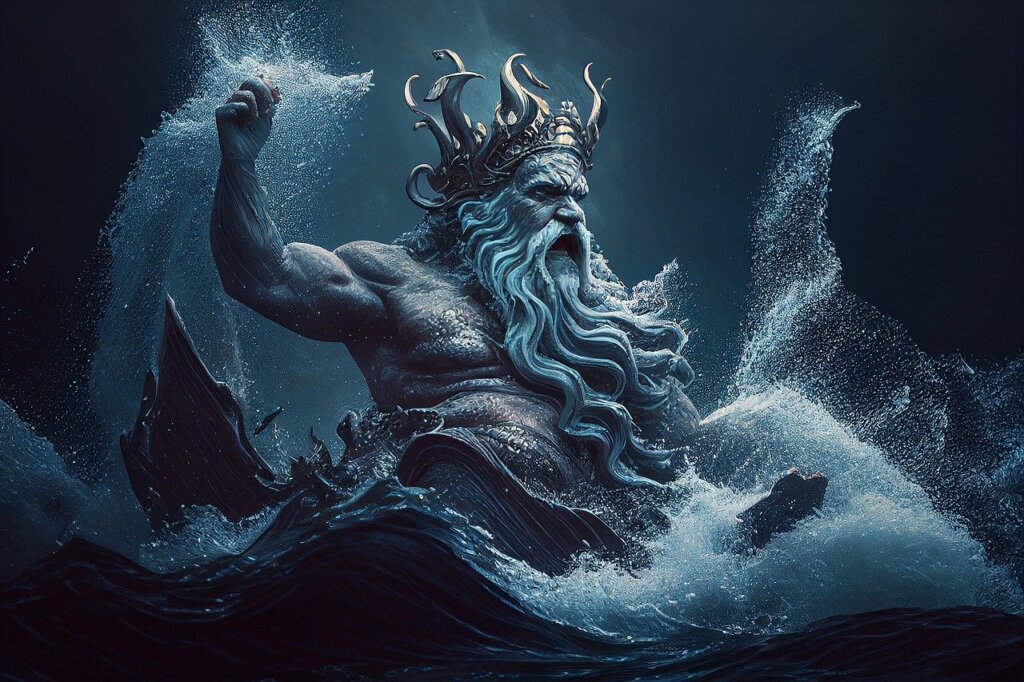
Ægir is a Norse God of the Oceans and Sea Creatures in Norse mythology. In addition, he brewed ale for the Gods and held elaborate parties.
He was both worshipped and feared by sailors, therefore sacrifices were made to appease him, particularly prisoners before setting sail.
7. Sæhrímnir
The Norse Gods have a pig named Sæhrímnir, a source of unlimited bacon who is killed and cooked every night. It is the never-ending food for the Aesir and Einherjar in the feasting hall of Valhalla.
However, it is brought back to life every evening as its subsequent regeneration provides endless food in Valhalla.
6. Hel
Norse mythology has one more death realm called Helheim, an afterlife location apart from Valhalla and Folkvangr. Such as the people who have died of sickness or old age enter Helheim which is ruled separately by Hel.
5. Tanngrisnir and Tanngnjóstr
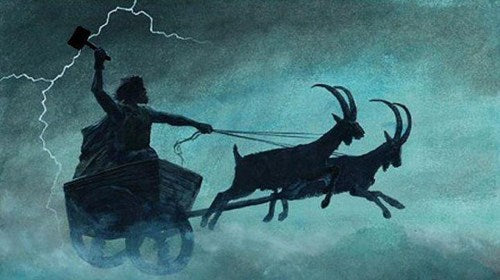
Thor’s chariot was pulled by two goats Tanngrisnir and Tanngnjóstr that are mentioned in Norse mythology.
Interestingly, Thor could cook and eat the goats and then resurrect them the next day with his hammer if no bones were broken.
4. Lindwurm
Dragons known as Lindworm or Lindwurm existed in Norse mythology. The dragon can spit milk-like venom which can blind anyone. It also utilized two front arms as opposed to the full four found in Asian cultures.
3. Heiðrún
In Norse mythology, there’s a giant goat named Heiðrún that feeds on the foliage of the Yggdrasil tree and her teats produce large amounts of mead (an alcoholic beverage).
Moreover, the Vikings believed that its udders provided an endless supply of mead and awaited them in Valhalla upon their death.
2. Mjölnir
According to Norse mythology, Thor’s hammer Mjölnir was forged by a dwarf named Sindri. Although, the hammer was originally intended to be wielded with both hands with a long handle.
Its characteristically short handle is due to an interference caused by Loki who harassed Sindri, disguised as a fly, when he was forging the weapon.
1. Brunnmigi
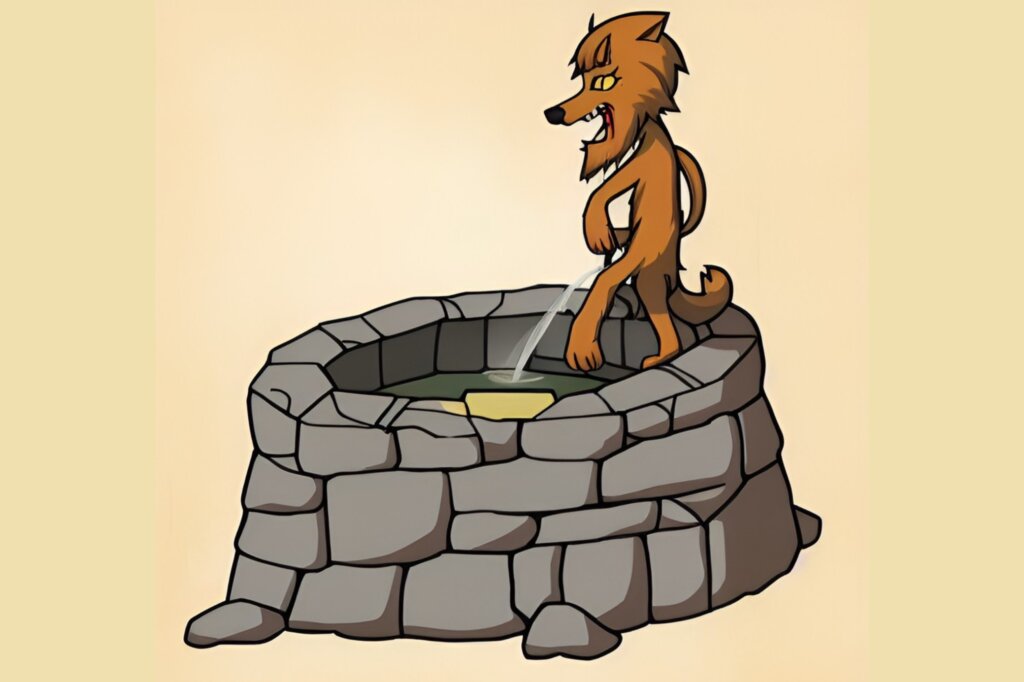
In Norse mythology, Brunnmigi are supernatural creatures or spirits who defile wells by urinating in them. They had the ability to assume any form at will and mostly appear as large wolves or hybrid creatures.
